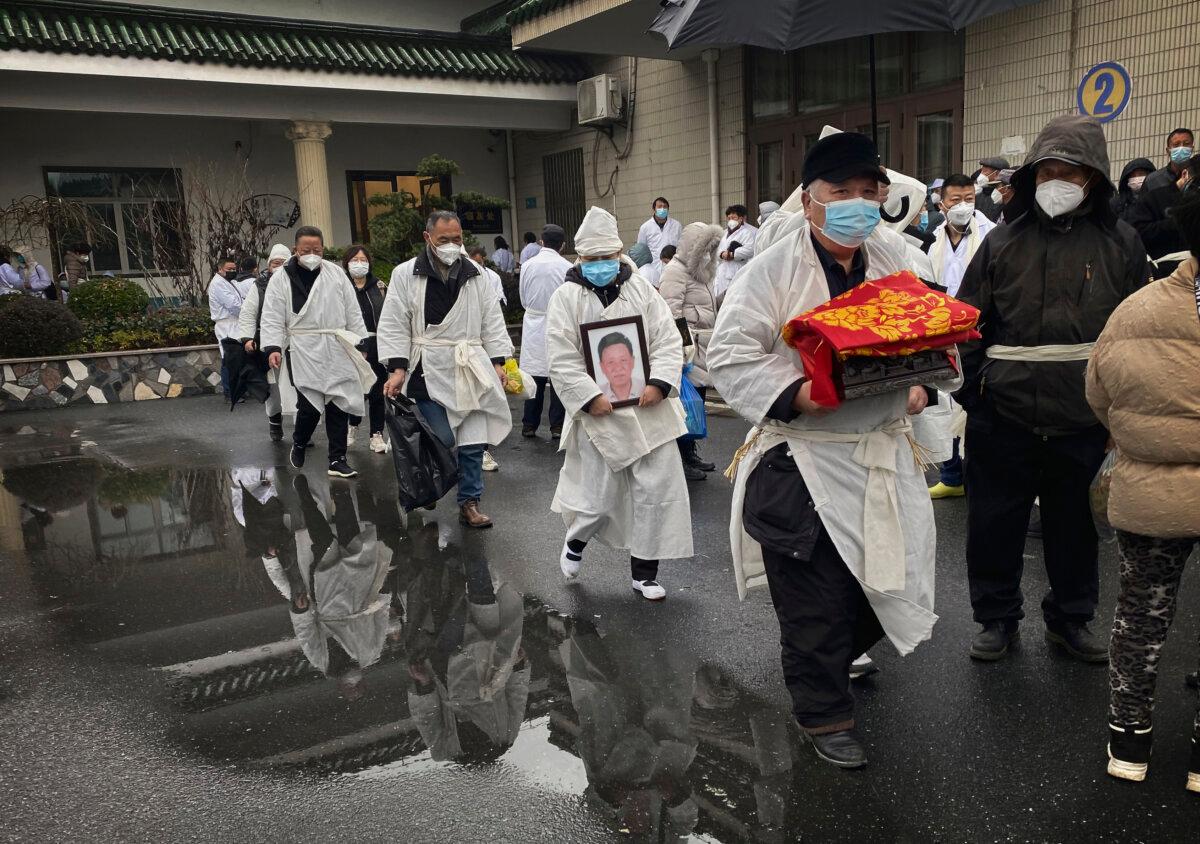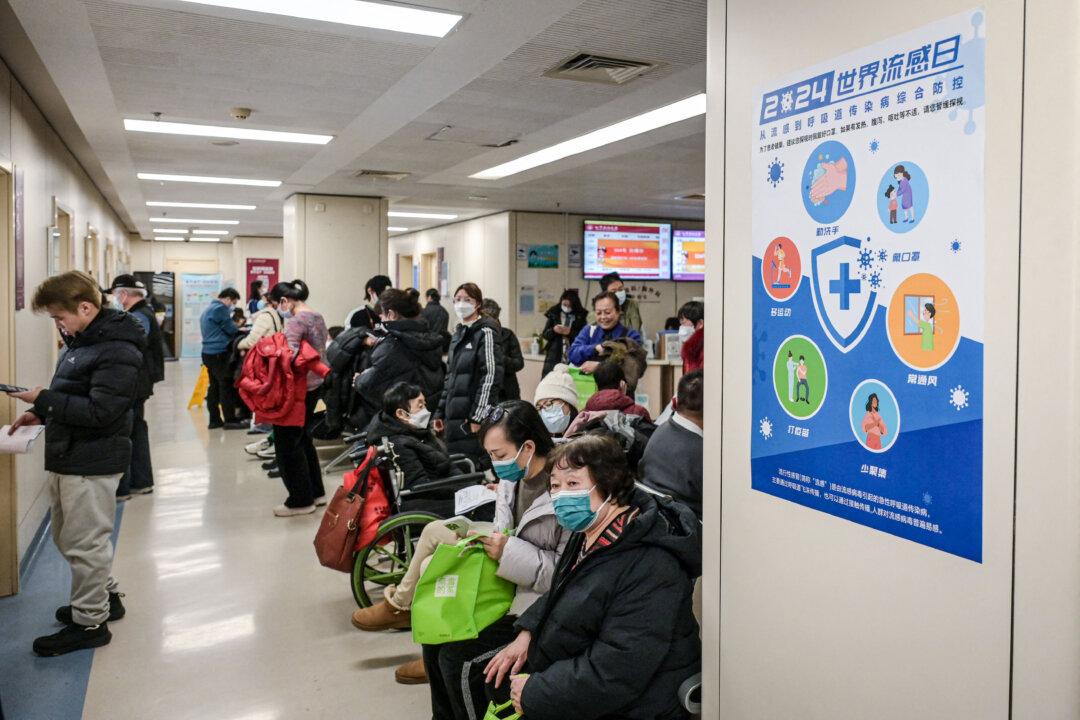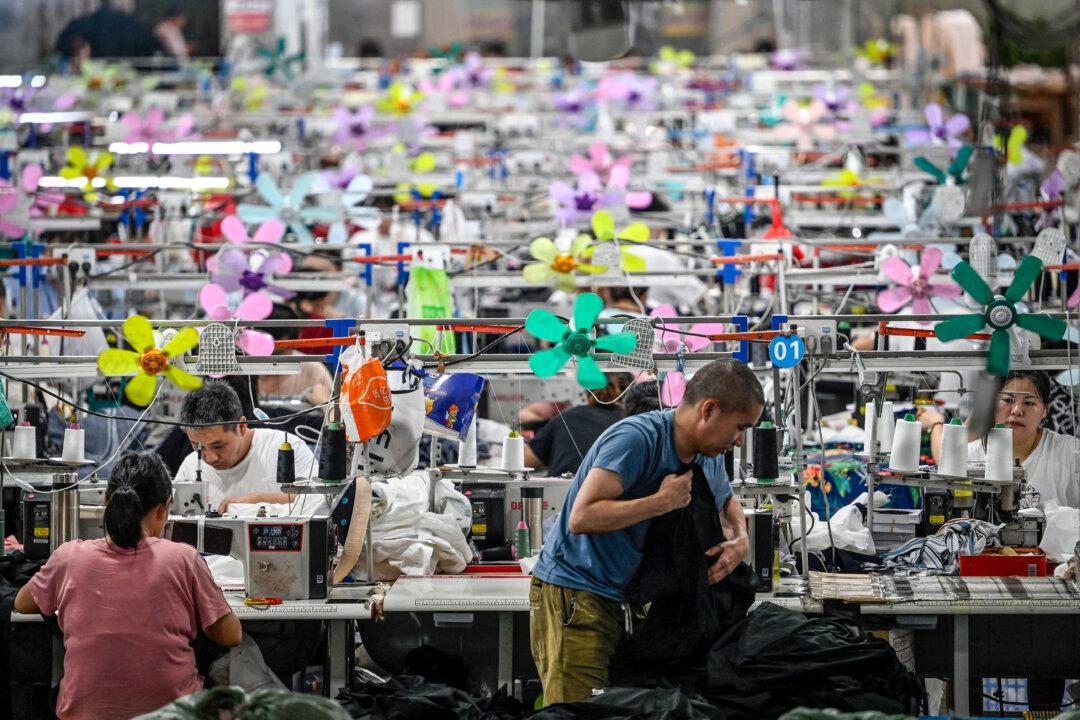Chinese health authorities have said this winter’s flu season is less severe than the year before, but medical experts cast doubts over the transparency of its respiratory illness situation.
Residents from four different cities have expressed concerns about an uptick in respiratory infections within their families and communities when speaking to The Epoch Times.
Some suspected their flu-like symptoms may actually be caused by COVID-19, fearing that doctors were instructed to avoid such diagnoses, given that the authorities declared a victory in its fight against the pandemic almost two years ago.
In Shenyang, northern China, a woman named Xu said she’s noticed more people sick with respiratory illnesses have seen local hospitals packed again during the Lunar New Year holiday.
Flu Toll Questioned
China’s top health body has acknowledged the country is grappling with a spike in respiratory infectious illness, but said the rate of influenza has shown signs of slowing down.During the regime’s most recent briefing, National Health Commission (NHC) officials reiterated its previous assessment, saying the scale and intensity of the spread of respiratory infectious diseases this year is lower than it was during the previous winter season.
“No new infectious disease had been detected,” Mi Feng, NHC’s spokesperson, told reporters on Jan. 17, ahead of the week-long Lunar New Year holiday, attributing the current infections to a combination of known germs, most prominently influenza. No data was provided during the briefing.
In a separate report, the CDC reported 1.5 million influenza cases last December, leading to seven deaths.
Medical experts have questioned the accuracy of these flu statistics.
“It’s clear that the mortality rate is being underreported,” Sean Lin, a virologist and former lab director at the viral disease branch of the U.S. Walter Reed Army Institute of Research, told The Epoch Times.
The official tally means for every 100,000 people who contracted the flu in China, only one has died, a contrast to the much graver rates observed in the United States, where between 5 to 10 out of every 10,000 individuals face fatal outcomes, according to Lin’s analysis.
“Given China’s [high] level of air pollution and the large number of smokers, the number of people with underlying respiratory diseases in China is supposed to be substantial, so the death toll from influenza is likely much higher than reported,” Lin said.
Dong Yuhong, a medical doctor specializing in infectious diseases, also raised concerns about the absence of detailed data, calling them essential for preventing potential pandemics.

Without reliable health statistics, the international community would be in the dark about the true situation in China, according to Dong.
Concerns Among the Public
Chinese citizens don’t seem convinced by Beijing’s optimism about this winter illness season, with some appearing to be cautious about the current situation.A man working in the industrial hub of Guangdong said he didn’t travel back home for the Chinese New Year, the country’s most important festival, which fell on Jan. 29 this year. He cited concerns about the outbreaks in his hometown of Xuchang, located over 800 miles away, where he heard the situation was “severe.”
The teacher recalled her relative, a young man who passed away just days after contracting the flu. She said she couldn’t help but suspect that the domestic COVID-19 vaccine played a role, given his previously good health and lack of underlying conditions.
In the central province of Anhui, a middle-aged father said his child and his mother also got sick, and in his city, he heard many infected were seriously ill.
“They say it’s just flu,” the man, who declined to be named for fear of reprisals, told The Epoch Times, “but after taking [flu] medications, their symptoms haven’t improved at all.”
He said he speculated there was a “new virus” circulating, but he heard others linked it to a mutated COVID variant. Nevertheless, “all these news [reports] were concealed,” he said.






